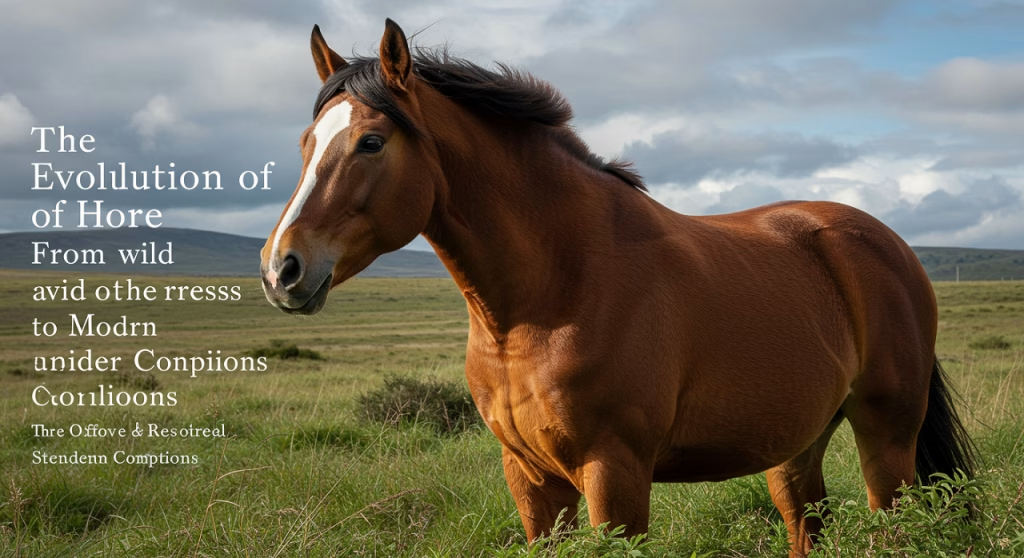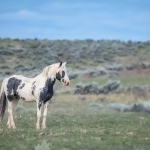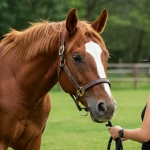Horses are among the most iconic animals in human history, known for their strength, speed, and elegance. Yet the majestic creatures we know today—racing across fields or loyally carrying riders—have evolved over millions of years from small, dog-sized animals into the large, hoofed mammals that play a key role in cultures around the world. The evolutionary journey of horses is not only fascinating from a biological standpoint but also highlights a unique partnership between humans and animals.
Thank you for reading this post, don't forget to subscribe!This article explores the deep evolutionary history of horses, their domestication, adaptation, and their transition from wild animals to essential human companions.
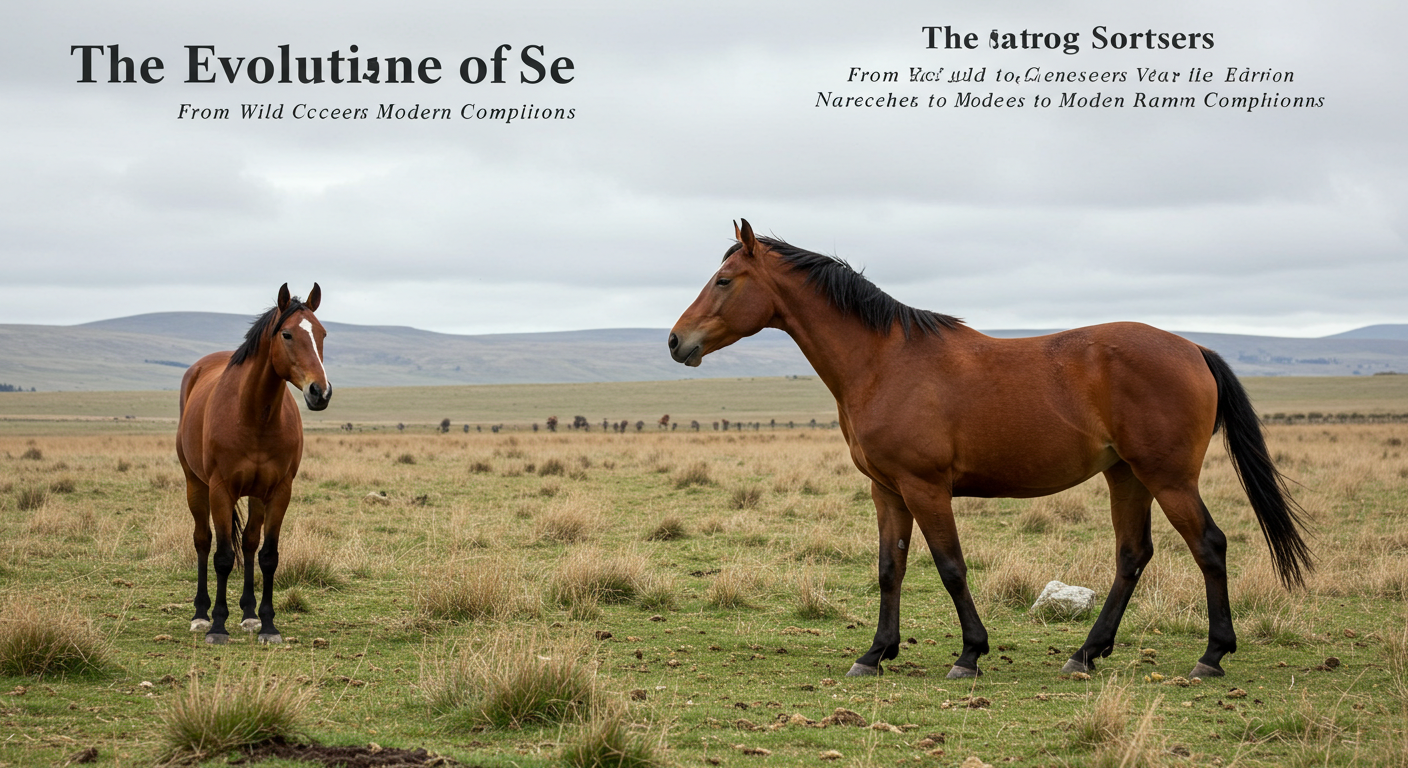
1. The Earliest Ancestors: Eohippus and the Dawn of the Horse
The story of the horse begins approximately 55 million years ago in the early Eocene epoch. The first known ancestor of the modern horse was a small forest-dwelling mammal called Eohippus, also known as Hyracotherium.
Characteristics of Eohippus:
- Size: About the size of a fox or a small dog (10–20 inches tall).
- Feet: Had four toes on the front feet and three on the back.
- Teeth: Featured low-crowned teeth suited for browsing soft leaves and vegetation.
Eohippus lived in North America, and its body was built for quick movement through dense forests. It was a far cry from today’s sleek horses but laid the foundation for an incredible evolutionary path.
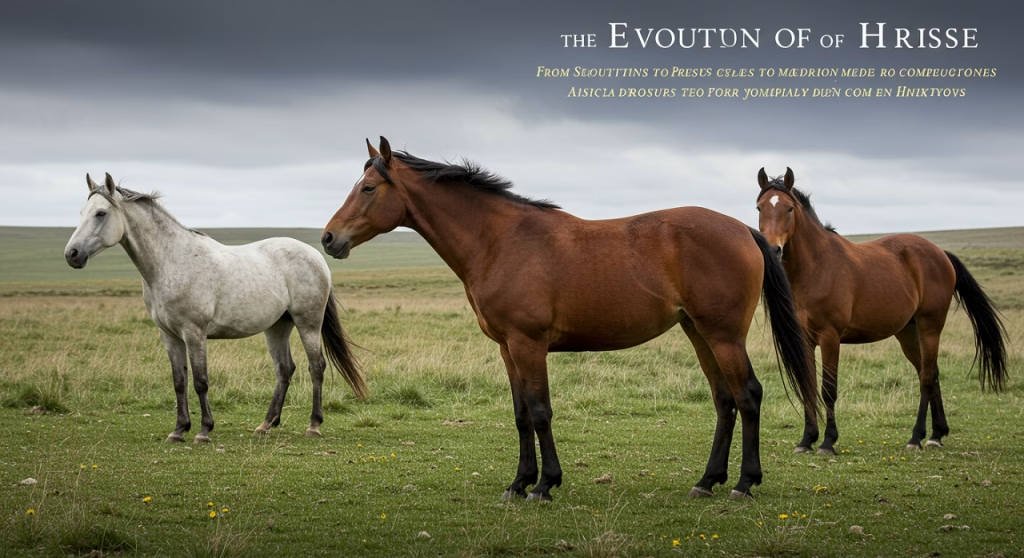
2. Gradual Changes: From Forest Dwellers to Plains Runners
As Earth’s climate changed and forests gave way to more open grasslands, so did the shape and size of horses. Over the next tens of millions of years, natural selection drove significant adaptations.
Key Transitional Species:
- Mesohippus (about 37–32 million years ago): Slightly larger, three-toed, with better balance and faster gait.
- Miohippus (32–25 million years ago): Developed stronger limbs and more complex teeth to handle tougher vegetation.
- Merychippus (17–11 million years ago): First horse to exhibit hoof-like toes, grazing teeth, and herd behavior.
During this time, horses began grazing rather than browsing, adapting to grass-based diets. Their teeth evolved to become high-crowned and ridged, suitable for grinding abrasive grasses. Limbs grew longer, and toes gradually disappeared, leading to the single-hoofed foot we see in modern horses.
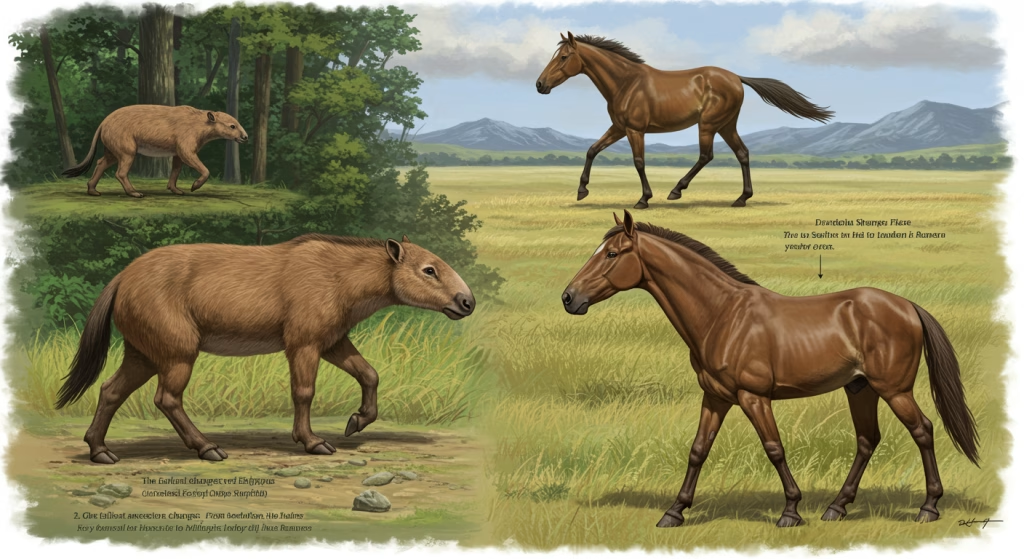
3. The Rise of Equus: The Modern Horse Emerges
About 4 to 5 million years ago, the modern genus Equus appeared. This genus includes not only horses but also zebras and donkeys.
Key Features of Equus:
- Single-hoofed limbs for running on hard ground.
- Elongated legs and neck for speed and visibility.
- Large, complex molars suited for continuous grazing.
- Highly social, herd-based behavior.
Fossils of Equus show remarkable similarity to modern horses. These animals were built for life on the plains—capable of outrunning predators and thriving in open grasslands.
Equus originally evolved in North America and spread to Eurasia and Africa via land bridges, while eventually going extinct in North America around 10,000 years ago, likely due to a combination of climate change and overhunting by humans.
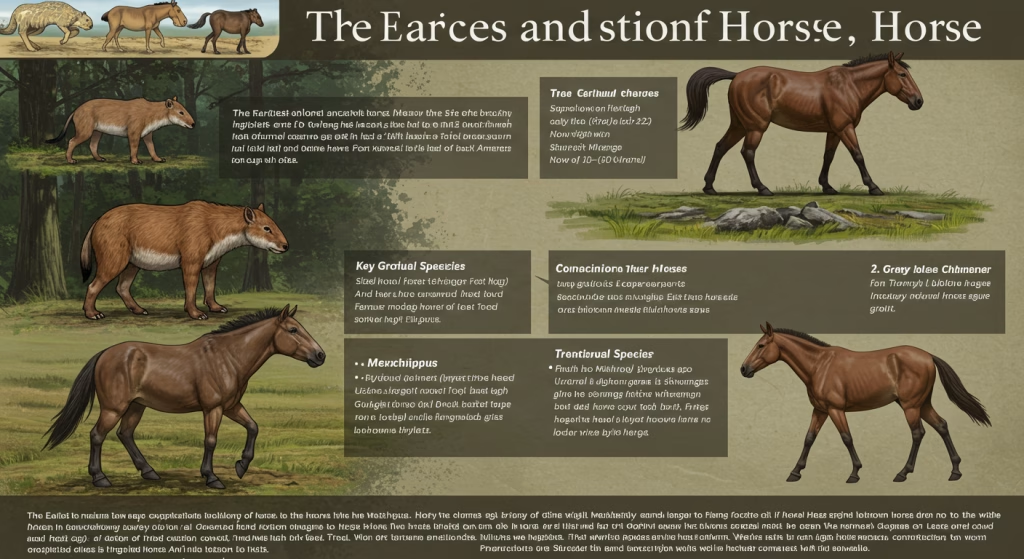
4. Domestication: The Human-Horse Partnership Begins
The most profound chapter in the history of horses began when humans began to domesticate them, fundamentally transforming both human and equine lives.
When and Where Did It Happen?
Archaeological evidence points to domestication around 4,000–5,500 years ago, most likely on the Eurasian Steppe, particularly in regions that are now part of modern-day Kazakhstan, Ukraine, and southern Russia.
The Botai culture of Kazakhstan (circa 3500–3000 BCE) left behind remains suggesting early horse domestication:
- Horse bones with wear patterns indicating bridling or riding.
- Residue of fermented mare’s milk in ceramic vessels.
- Enclosures and corrals for horses.
Why Were Horses Domesticated?
Initially, horses were likely used for meat and milk, but over time, their utility for transportation, agriculture, and warfare became apparent. Domestication spread rapidly through Europe, the Middle East, and Asia, revolutionizing the way humans moved, traded, and fought.
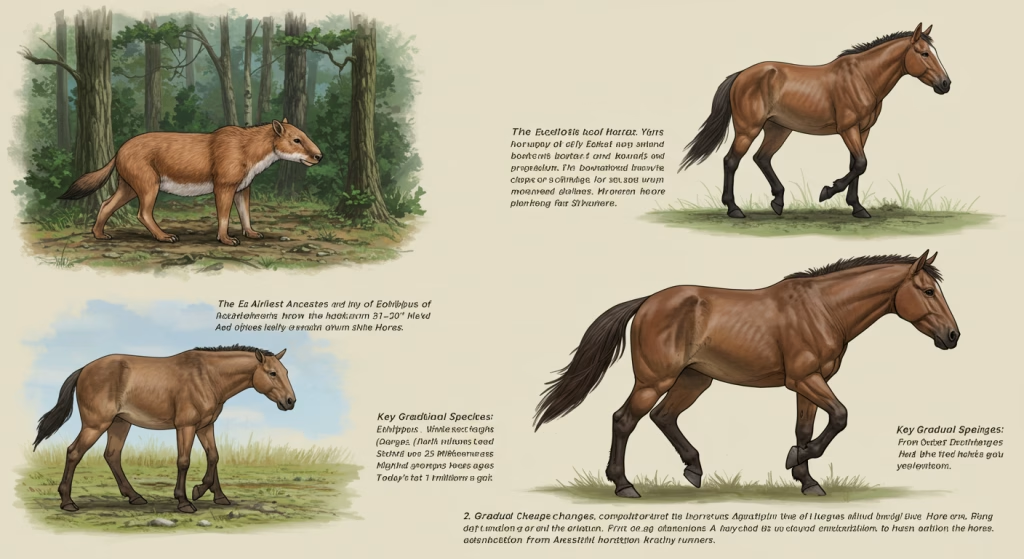
5. The Evolution of Horse Breeds and Uses
With domestication came selective breeding. Humans began breeding horses for specific tasks:
Common Horse Types Developed:
- Draft horses: Large, muscular breeds like the Clydesdale or Percheron, bred for heavy farm work.
- Light riding horses: Agile breeds like the Arabian or Thoroughbred, suited for speed and endurance.
- Ponies: Smaller, hardy breeds such as the Shetland, ideal for tough environments and smaller tasks.
Horses in Warfare
From the Mongol Empire to medieval Europe, horses were central to military strategy:
- Chariots (ancient Egypt, Mesopotamia)
- Cavalry units (Rome, Islamic Caliphates, Napoleonic Wars)
- Mounted archers (Mongols and Native American tribes)
The ability to move swiftly over large distances gave cultures with horses a significant advantage.
6. Horses and Human Civilization: More Than Just Work Animals
Throughout history, horses became more than just beasts of burden. They symbolized power, nobility, and prestige. In many cultures, horses are considered sacred or honored in religious rituals and mythology.
Examples in Culture:
- Greek mythology: Pegasus, the winged horse.
- Hinduism: Horses are associated with gods like Surya, the sun god.
- Native American cultures: Horses were spiritual partners and symbols of freedom.
Art, literature, and music across the centuries have featured horses prominently—from cave paintings to royal portraits.

7. The Modern Role of Horses
Today, horses no longer serve as the backbone of transportation or warfare, but they still hold a vital place in society.
Roles of Modern Horses:
- Sports and Recreation: Racing, dressage, show jumping, eventing, rodeo.
- Therapy and Wellness: Equine-assisted therapy for physical and mental health.
- Work and Conservation: Still used in agriculture, patrolling rugged terrains, and even in forestry.
- Companionship: Kept as beloved pets and companions.
The modern horse is often viewed through the lens of sport, heritage, and therapy rather than sheer utility. Still, the human-horse bond remains strong.
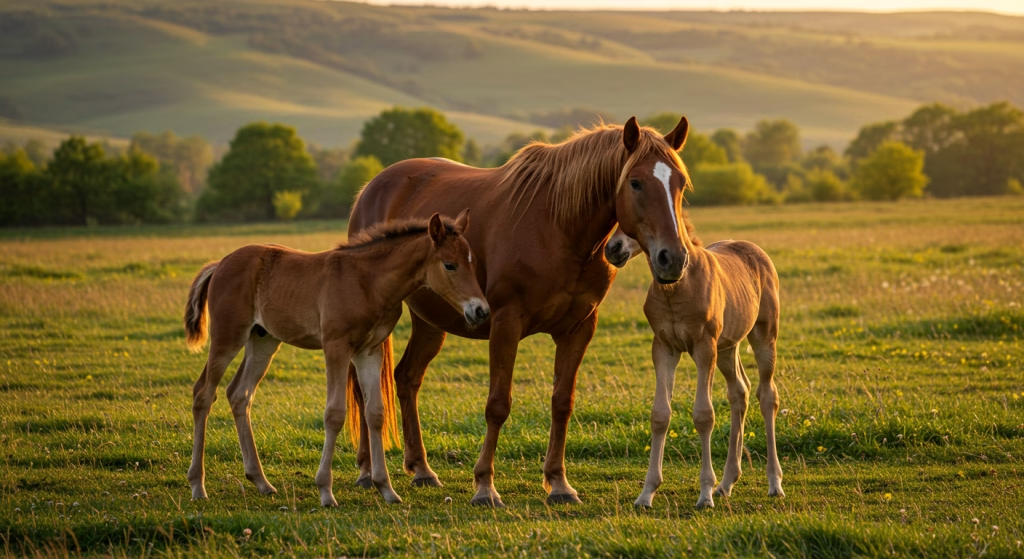
8. Genetic Insights and Scientific Discoveries
Modern DNA analysis has revealed even more about horse evolution. Scientists have sequenced the genomes of ancient horse species, offering clues about domestication and traits like coat color, size, and endurance.
Notable Discoveries:
- Ancient wild horses like the Przewalski’s horse were once thought to be ancestors of domestic horses but are now believed to be a separate lineage.
- Selective breeding has altered genetic diversity, leading to breed-specific traits—but also increasing the risk of inherited diseases.
- Efforts are now underway to preserve rare and native breeds, such as the Cleveland Bay or the Akhal-Teke.
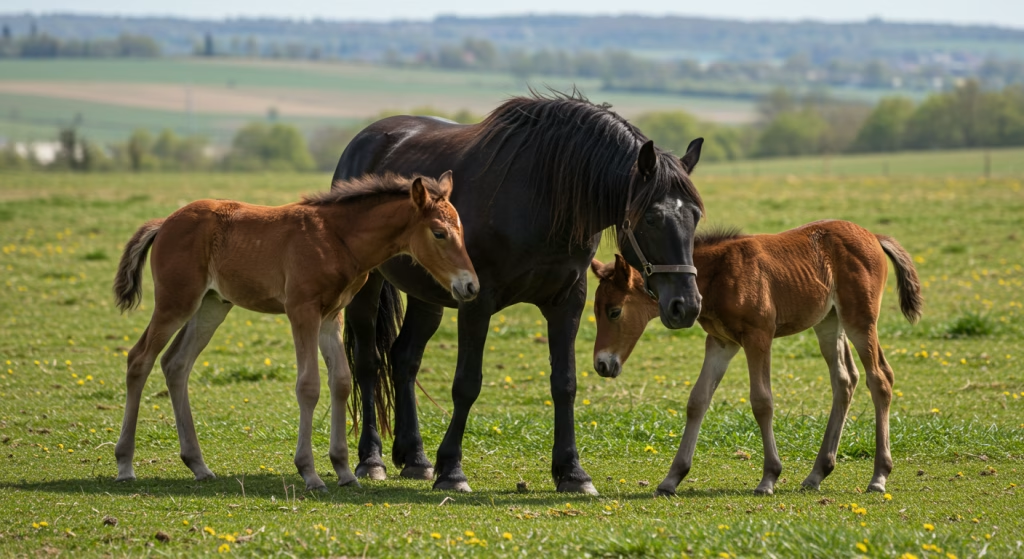
9. Challenges and the Future of Horses
Despite their noble history, horses face modern challenges:
- Overbreeding and neglect in some areas.
- Loss of habitat for wild populations like American Mustangs.
- Debates over racing and equestrian sports, including animal welfare concerns.
- Climate change, which affects grazing land and water availability.
Conservation programs, responsible breeding, and public awareness campaigns are critical to ensuring a sustainable future for horses.

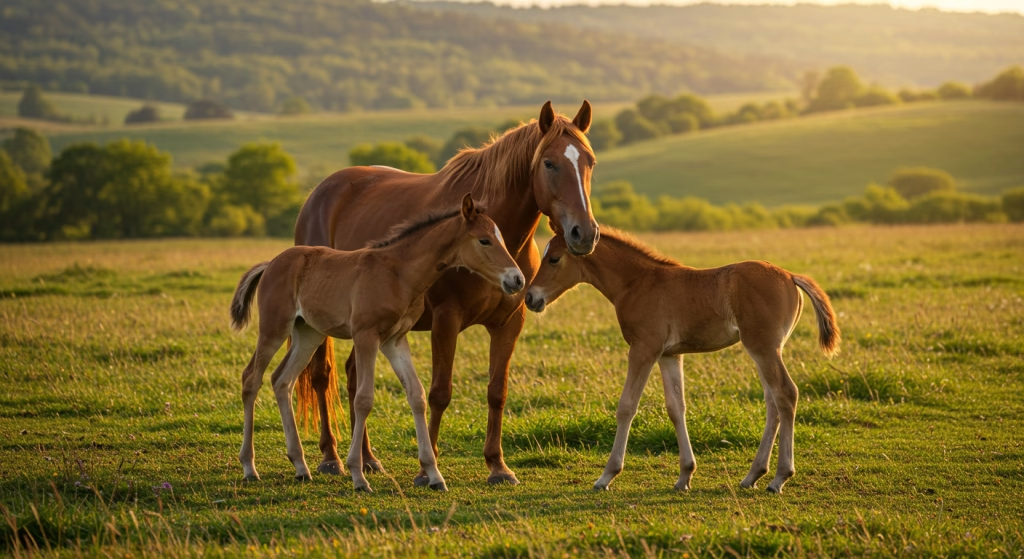
Conclusion: From Survival to Symbiosis
The evolution of horses is a story of adaptation, resilience, and partnership. From Eohippus tiptoeing through ancient forests to Equus ferus caballus galloping across modern arenas, horses have not only adapted to their environment—they’ve also transformed human civilization.
This deep, ongoing relationship between horse and human is built on mutual benefit, care, and respect. As we look to the future, understanding the evolutionary journey of horses can guide us toward more ethical, sustainable, and meaningful relationships with these remarkable animals.
